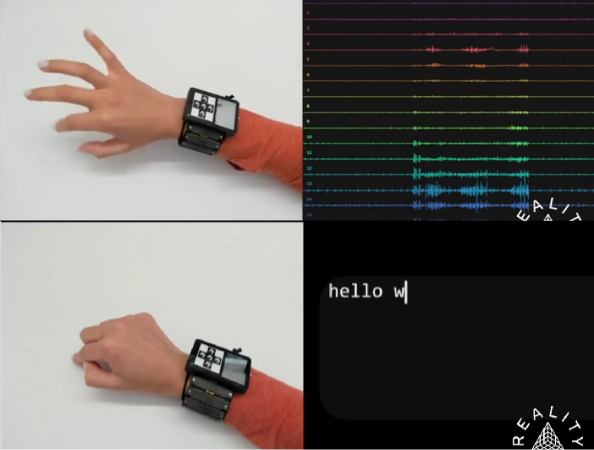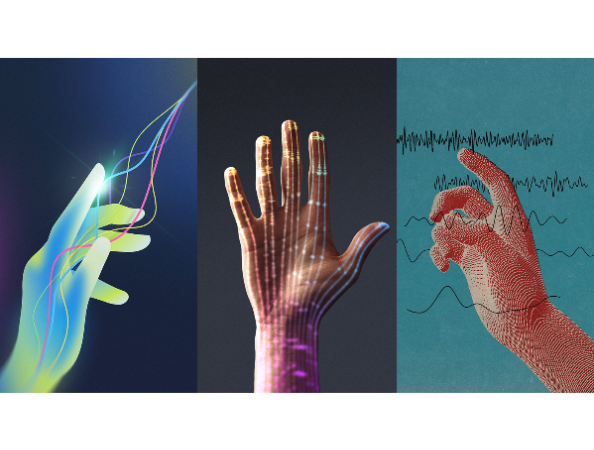Meta unveils a wristband that lets you control devices with just hand gestures and neural signals: this is the prototype.

Meta unveiled a new prototype wristband that allows users to interact with electronic devices using hand gestures , without the need for physical contact. The innovation, presented by the Meta Reality Labs division, uses surface electromyography (sEMG) technology, which analyzes muscle signals to decode movement intent.
The bracelet is capable of transforming neural impulses into digital commands, allowing it to control devices such as smart glasses or augmented reality interfaces. This development is part of Meta's strategy to explore new forms of human-computer interaction based on artificial intelligence, machine learning, and neuromotor signals.

Transforms neural signals into digital commands to interact with technology Photo: Meta
As the company explained in an official statement, the device works by capturing the signals that nerves transmit to the wrist muscles. This information is processed by neural networks trained with data from thousands of participants, which has allowed the development of a system adaptable to different users without the need for individual calibrations.
The technology doesn't require the person to physically execute the movement: the intention to do so is sufficient . This allows actions such as swiping, tapping, or typing in the air, simulating the gestures as if using a physical surface.
"After all, using our hands is one of the first ways we interact with the world around us," Meta said. He added that to achieve this, they use sEMG technology, which detects users' intentions to perform gestures such as tapping, swiping, or pinching.

It uses surface electromyography (sEMG) technology to read muscle signals. Photo: Meta
The use of this technology opens up new possibilities for both everyday interaction with devices and the development of assistive technologies.
Meta has indicated that its system could benefit people with motor disabilities by offering them an alternative means of control and independence.
Furthermore, the prototype has been designed as a lightweight wristband, making it easy to integrate as a wearable and non-invasive accessory. According to Meta, this type of interface is useful in contexts where voice commands are not practical or feasible.
“It opens up new ways to use muscle signals to interact with computers while solving many of the problems faced by other forms of human-computer interaction (HCI),” the company said.
Scientific publication and perspectives The research behind this innovation has been published in the journal Nature , allowing other researchers to access the technical underpinnings of the model and replicate or adapt their own neuromotor systems.
Meta had previously unveiled a similar project related to its Orion augmented reality glasses. However, the company claims that this new development represents a significant evolution by incorporating advanced machine learning models capable of more accurately interpreting neural signals.
More news in EL TIEMPO *This content was rewritten with the assistance of artificial intelligence, based on information from Europa Press, and reviewed by the journalist and an editor.
eltiempo





